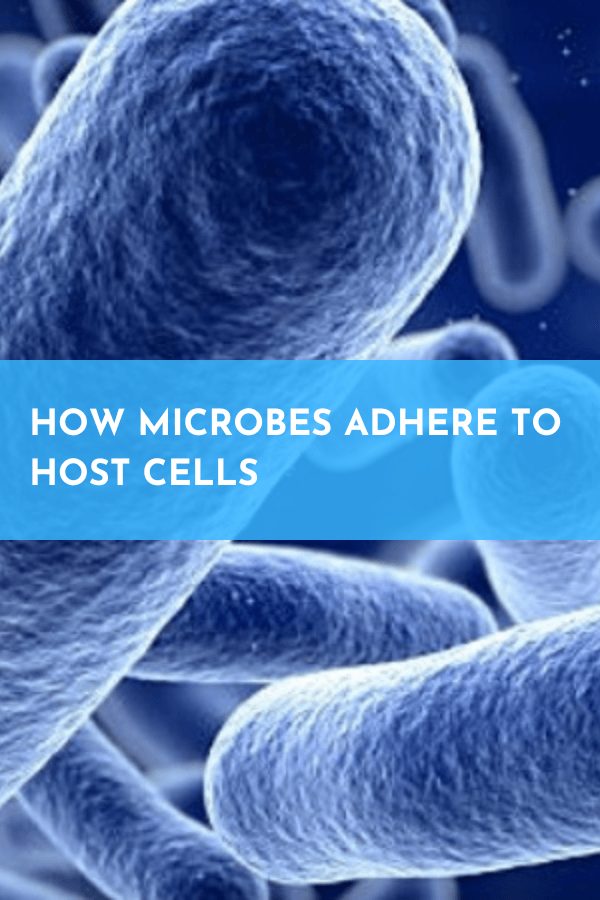One of the body’s unconditioned reflex immune defenses is the ability to remove microbes (especially bacteria) from the body by means of coughing, sneezing, vomiting, diarrhea, saliva, urine, and mucous.
The body can also remove microbes by constant shedding of surface epithelial cells from the skin and mucous membranes.
Microbes then develop means to resist this physical removal by the body of the host. Microbes especially bacteria resist this physical removal by producing pili, biofilm-producing capsules, or cell wall adhesive proteins.
Physical Attachment Of Bacteria To Host Cells

The physical attachment of bacteria to host cells can serve as a signal for the activation of genes involved in bacterial virulence. This process is known as signal transduction.
Pili are adhesive hair-like organelles that protrude from the surface of bacteria, this is what bacteria use to adhere to host cells. It can be used to transfer genetic material during bacterial conjugation.
They are thin protein tubes originating from the cytoplasmic membrane, they can be found in a few gram-positive bacteria but can also be found in virtually all gram-negative bacteria.
Pili enable bacteria to adhere to receptors on target host cells. It enables the microbes to bind to host cells without having to get close enough to be pushed away by electrostatic repulsion since both the host cells and bacteria possess a negative charge.
The pilus has a shaft composed of a portion called pilin. Once the pili are attached to the host cell, it can enable adhesions in the bacterial cell wall to make closer contact.
Conclusion
This is by no means exhaustive. You continue your further research by reading the materials linked.
